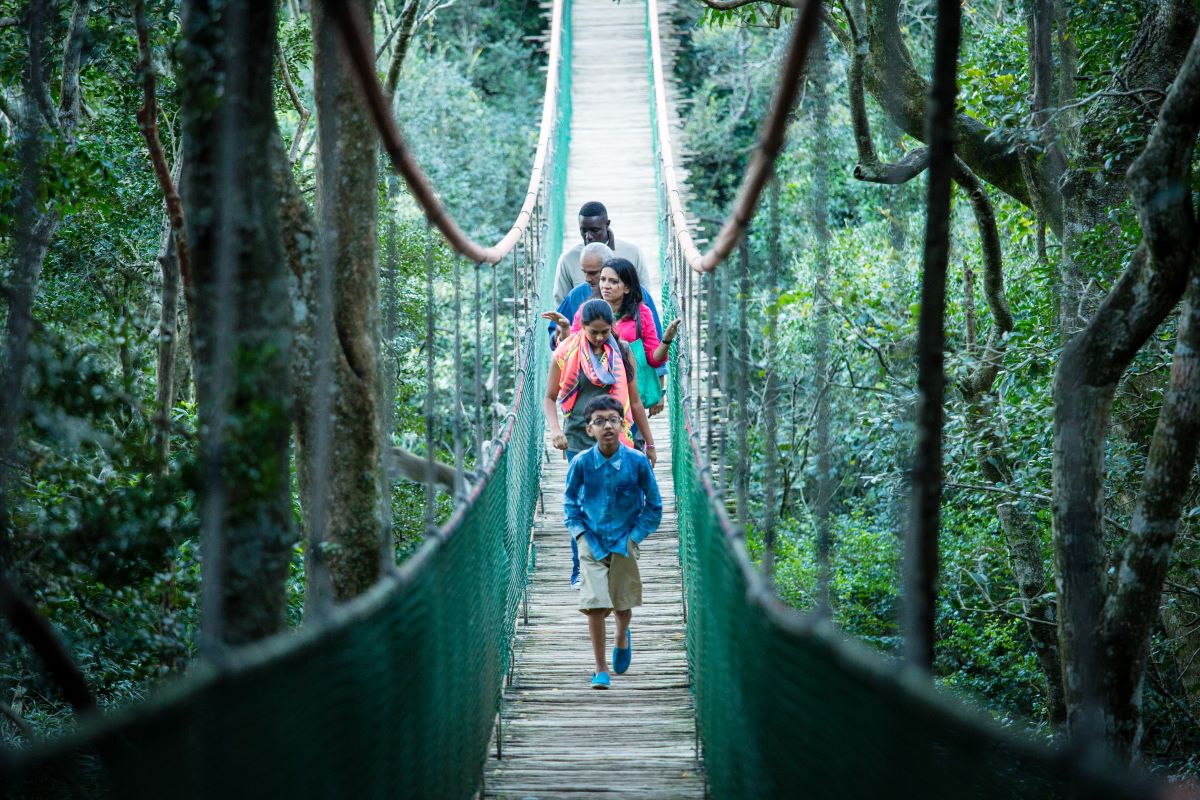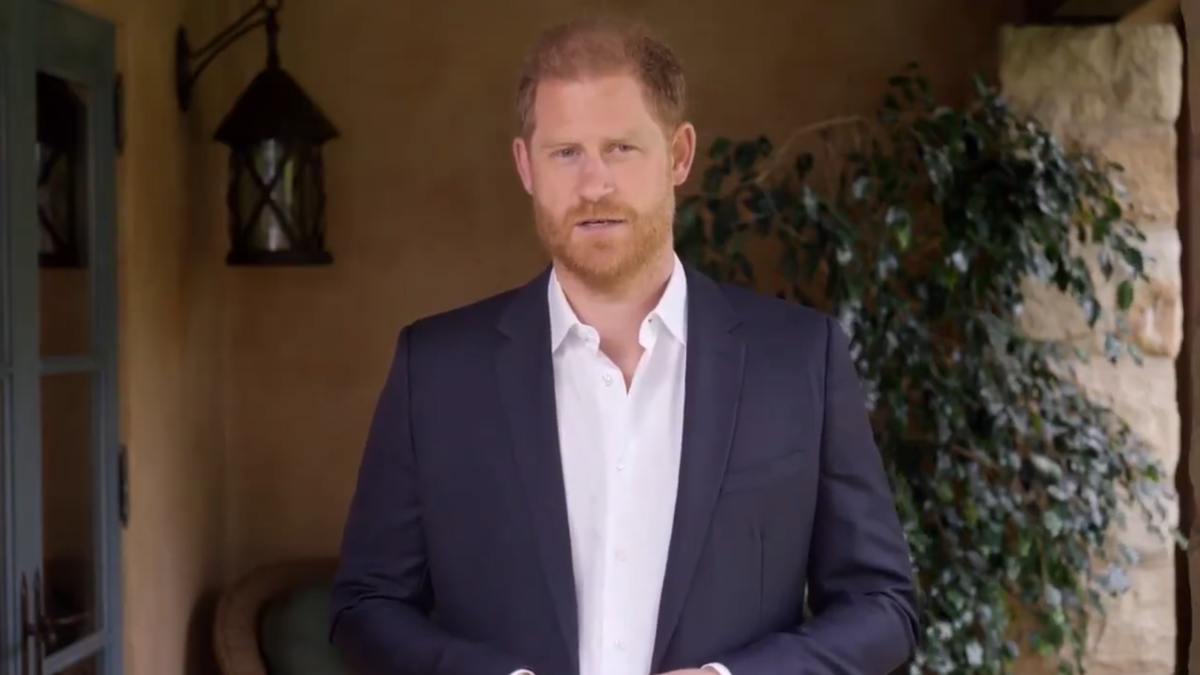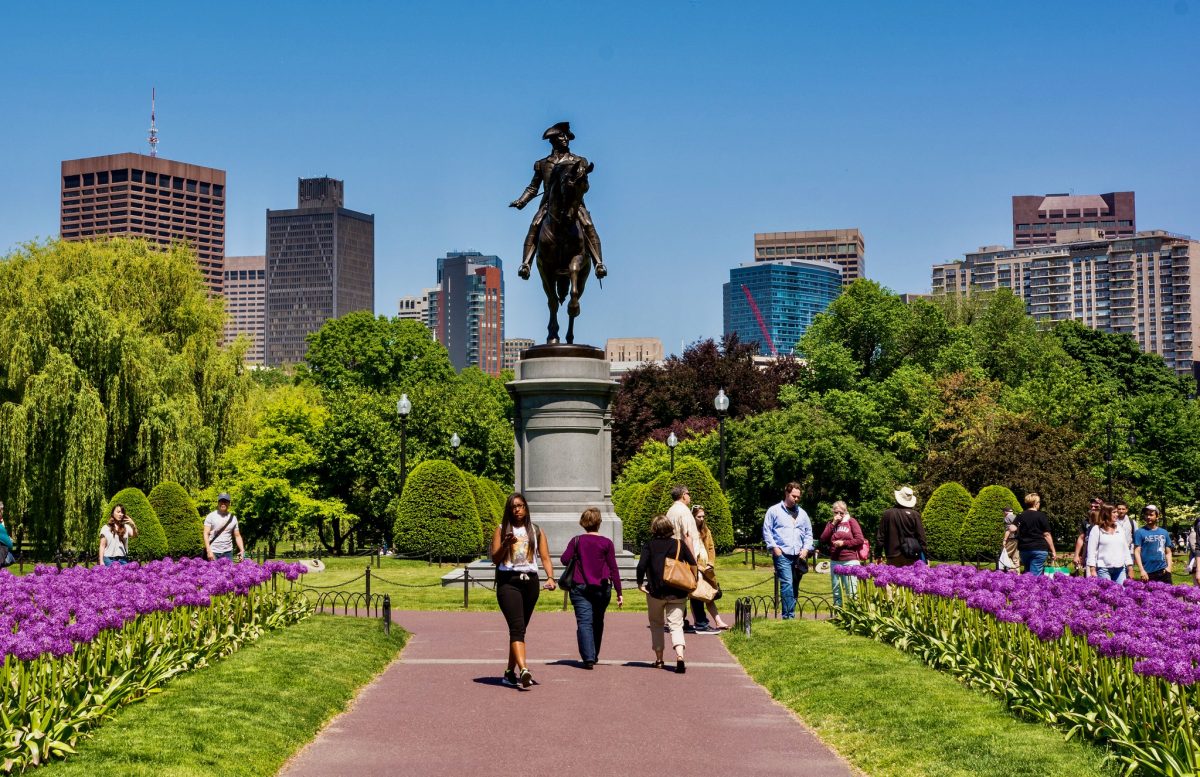Where the Travel Industry Will Intersect With Wellness in 2020

Skift Take
As wellness warriors seek out new ways to feel better, the industry is paying attention to the effects of music, circadian rhythms, and energy waves.
Wellness trends in 2020 will be all about rhythm, according to a new report from the Global Wellness Summit (GWS). The Future of Wellness 2020 identifies 10 key trends that will have a meaningful impact on the worldwide wellness industry. Many of them involve luxury travel as well, since novel wellness trends often manifest first in high-end vacation spaces. We've already touched on some of the trends in the pages of Skift, including Japanese wellness, aging rebranded, and wellness sabbaticals, but the following three other major trends could have a significant impact on the travel industry.
The ABC’s of ZZZs
Sleep deprivation — whether it’s caused by 24/7 work schedules or jet lag — is rife these days. And the travel industry is paying increasingly more attention to the science of quality snoozing. Cue circadian rhythm optimization. “Circadian health optimization — incorporating the type and timing of light — will become more important than sleep in health and wellness within the next few years,” according to Steven Lockley, Ph.D., an associate professor of medicine at Harvard. Thus, according to the GWS report, the influence of circadian rhythms “will become a central pillar of wellness: from circadian lighting to circadian diets to apps that use timed light doses to crush jet lag.”
Lodging and airline industries are starting to think "beyond generic sleep offerings," according to the report, to provide actual circadian solutions based on the timing of light. Consider jet lag, caused when light and dark cycles shift too suddenly for the body to catch up. Airlines are starting to incorporate circadian lighting elements during long-distance flights, while tech companies are working to develop apps for that, like Timeshifter, which offers personalized jet lag plans with timed light exposure advice.
But for travelers, good sleep is not just about counteracting jet lag. The GWS report described several examples of hotels employing techniques appealing to natural circadian rhythms. In Germany, Lanserhof Tegernsee launched a sleep program that takes sleep-wake rhythms into account while providing blue filter glasses that help screen out harmful light (too much exposure to blue light suppresses secretion of melatonin, a hormone used to regulate sleep cycles). New York City's Equinox Hotel has sleep coaches who analyze circadian rhythm states. IHG is piloting circadian lighting in rooms using spectrum light technology, which encourages alertness by day and sleep enhancement by night. The Crowne Plaza Atlanta Airport was the first to install this system in March 2019. And, of course, properties still use good old-fashioned black-out screens.
The Sound of Healing
Sound has long been considered a regenerative force, thought to reduce stress, improve mood, and maybe even break down emotional blockages. Another top trend, according to the report, is "wellness music." This incorporates both the healing rhythms and sounds of music and of nature.
While sound baths and aural healing ceremonies using ancient instruments such as gongs and Tibetan singing bowls have been an ongoing wellness uber-trend, according to author Beth McGroarty, cutting-edge spas are now taking note of music.
According to McGroarty, “We will see more experimentation with music and acoustic experiences at both mainstream and wellness travel destinations.” New sound experiences may range from music-synced massages to deep nature listening with acoustic ecologists.
The study also reported that some wellness destinations are incorporating “modern acoustic therapies such as binaural beats, where listening to different frequency tones in the left and right ears leads to a meditative brain state.”
The idea of incorporating music in wellness isn’t necessarily new. In fact, many 19th-century German spa retreats offered nightly concerts to their guests. Schloss Elmau, a wellness resort in the Bavarian Alps, continues this tradition by hosting regular nightly concerts. Australia’s Peninsula Hot Springs provides Bach and bathe in its Bath House Amphitheater. Pools fitted with underwater speakers allow guests to experience performances from the comfort of a hot spring. At Bota Bota, a floating spa in Montreal, guests can soak up synchronicity massages, as rubdowns are choreographed to original music. Another option for Bota Bota guests: treatments accompanied by a live harpist.
Man-made music is not the only game in town. According to the GWS report, the music of nature is being touted as a tourism asset in remote places from the Ecuadoran rainforest to the shores of Mozambique. In Ecuador, visitors to the Zabalo River Wilderness Quiet Park can take part in deep listening exercises, where they “learn how to recover lost animal-alert, 360-degree hearing and listen intently to the natural drumbeats, violins, raindrops, and choruses.” Meanwhile, Azura Retreats in Mozambique offers a Sounds of Africa wellness program designed to help guests cultivate an acoustic hyper-consciousness of the place. Expect more places to pop up that encourage guests to lose the earbuds and listen in on Mother Nature’s symphonies.
What’s the Frequency, Kenneth?
Energy medicine in 2020 is getting serious. At first glance, this key trend may seem to have nothing to do with travel — energy medicine focuses both on biohacking technologies and tapping ancient energy medicines to upgrade a person's "energy fields." If that doesn't sound new-age, we don't know what does.
The report suggested that many types of medicine use techniques to influence energy. Both Traditional Chinese Medicine (TCM) and Ayurveda employ therapies that, as they say, enhance the production and flow of energy through the body’s energy. And as any spa-goer knows, both of these systems are being integrated into treatment menus.
Furthermore, other new-to-us yet actually ancient energy practices will define new types of wellness destinations in the coming decade, predicted the report. It cites Malabar Lu Jong Retreats, which is based on the Tibetan Buddhist energy practice of Lu Jong. Six Senses Resorts' groundbreaking Grow a New Body program brings together cutting-edge neuroscience with ancient shamanic energy upgrading practices. On the modern side, noted the report, “there are energy-medicine evaluations with doctors, light therapies, IV infusions, altitude training, and ozone and oxygen therapies." On the more traditional side, "shamanic approaches include a mitochondria-boosting, phytonutrients-rich diet; fasting; plant medicine; and intensive spiritual work to clear negative energy.”
One property putting the trend into practice is SANGHA Retreat near Shanghai, China. The hotel retreat emphasizes the vitality of energy flow. According to Jamie Waring, SANGHA Retreat’s managing director of wellness, “What we are trying to achieve is full integration between East and West, between science and spirituality.” Waring continued, “We are integrating the philosophy and wisdom of Eastern practices, like Traditional Chinese Medicine, Ayurveda, and energy, all made tangible through Western data.”
If some of these trends sound woo-woo, it’s worth noting the Global Wellness Summit’s track record for forecasting is pretty good. For example, as far back as 2015, it listed forest bathing and the use of marijuana for wellness as top trends. It predicted the huge global boom in wellness travel in 2016. So, those who would discount this year’s crop of trends do so at their own risk.




